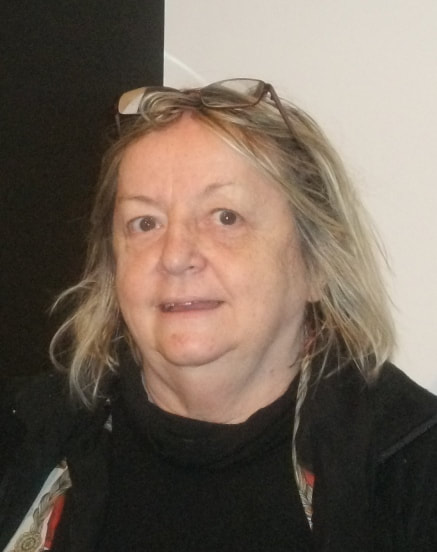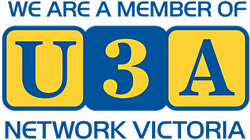We were hugely disappointed. One of the main reasons we were travelling in Ireland’s back roads in a gypsy caravan was to hear Irish music where it was born. So when a publican told us at a pub we called at that music was off that evening we probably looked disappointed. But, as I walked towards the jukebox, a patron at the bar asked what would be a favourite to which I responded the ‘Rocky Road to Dublin’. The message seemed to pass down the bar. Suddenly there was a hush as a pure male voice began to sing, unaccompanied and with great feeling ‘The Rocky Road to Dublin’ for us. It was magical.
The Rocky Road to Dublin is a song about a man leaving his family in rural Ireland for Dublin, then to Liverpool, of his troubles or travails along the rocky road to Dublin. Almost forty years later the realization dawns that my maternal great, great grandfather Edward Patrick Devitt left Ireland in the 1850’s, arriving first in Liverpool, then moving on to Manchester and settling later in Newcastle Upon Tyne. My paternal great, great grandfather Michael Lee left Leitrim County in Ireland in the 1860’s, with his younger children born in Leith, Scotland in the late 1860’s. Perhaps they also experienced the Rocky Road to Dublin? Perhaps the words of the song had special meaning for them?
Here are the lyrics to the first verse and chorus…
“While in the merry month of May, from me home I started
Left the girls of Tuam nearly brokenhearted
Saluted father dear, kissed me darling mother
Drank a pint of beer, me grief and tears to smother
Then off to reap the corn and leave where I was born
Cut a stout blackthorn to banish ghosts
And goblin' brand new pair of brogues to rattle o'er the bogs
And frighten all the dogs on the rocky road to Dublin'
One, two, three four, five
Hunt the hare and turn her down the rocky road
And all the way to Dublin', whack-fol-la-de-da”
Spain 1976
Working in politically troubled post Franco Spain in 1976 and 1977, I immersed myself in the music of Spain and Latin America – the trumpet filled music of the bullfight; the guitars, soulful laments, handclapping, castanets and dancing of the tablao flamenco; the music of the exiles from Pinochet’s Chile playing to quietly intense audiences in basement restaurants.
Forever eclectic, I actively sought out all forms of music – from the songs of the mediaevally robed ‘Tuna’ troubadors at the Plaza Major; to classical guitar concertos in the Opera House; to Spanish light opera or’ Zarzuela’; to the flamenco guitar of Paco Pena and of local guitarists in bars with names like ‘Meson la Guitarra’; to the castanet fuelled dancing of Lucera Tena and the stirring, rhythmic clapping of her ‘tablao flamenco’troupe at the Corral de Moreria (paddock of the Moors) near the Royal Palace in Madrid.
My expat friends were amused by my love of flamenco and propensity to take off, alone, to flamenco bars, usually the Corral de Moreria, if I hadn’t been in recent weeks. I was quite besotted –a visit to Corral de Moreria was always was on the itinerary when friends came to town.
I’m not sure where this identification with flamenco comes from…we don’t have Spanish ancestry….
Wait a moment … It’s coming back…. I remember… …a beautiful red dress with yellow polka dots and a multi tiered flamenco skirt!... Flamenco music was part of my early life! I learnt flamenco dance movements at Heather Scott’s Ballet School at the Masonic Hall in Clayton during the early 1960's.
We danced to flamenco music!
I’m remembering more… …castanets…we even learnt to use castanets!
So, it seems that while Lucero Tena was learning about flamenco dance and castanets in Mexico and Spain, I was learning about them (to some extent at least…) in the back streets of Clayton - a working class suburb of Melbourne on the other side of the world!
Perhaps this is why I fond it so easy to immerse myself in flamenco music in Spain in 1976!


